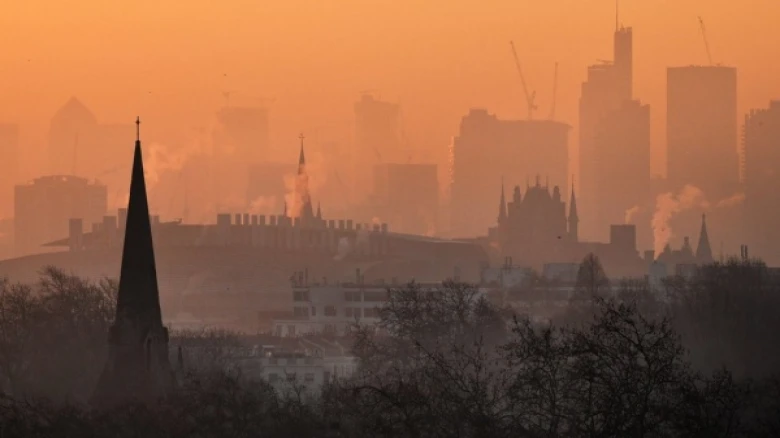Regional

Europe is experiencing record-breaking temperatures, and scientists are warning of dangerous levels of ozone pollution.
Digital Desk: On Tuesday (July 19), Britain experienced its hottest day ever, with temperatures exceeding 40 degrees Celsius. The extreme heatwave has gripped the entire continent, not just Britain. The hot weather has fueled several fires in London.
While parts of Europe continue to burn, the region's atmospheric monitoring service has warned that the heatwave is causing dangerously high levels of ozone pollution. It went on to say that large areas of Western Europe are also in "extreme" danger of wildfires.
"Tinder dry conditions and extreme heat are exacerbating the risk of wildfires," according to a Copernicus monitoring service statement.
The warning also stated that much of Western Europe is in "extreme fire danger," with some areas in "very extreme fire danger."
According to Copernicus, the heatwave is also causing high levels of ground-level ozone.
As per the monitoring service's website, scientists are warning that "very high levels of ozone pollution" caused by the heatwave in southern Europe could now affect northwestern regions in the coming week.
The Copernicus Atmosphere Monitoring Service (CAMS) forecast comes after extremely high surface ozone pollution was observed across western and southern Europe, particularly along Portugal's West Coast and parts of northern Italy.
"The potential effects of very high ozone pollution on human health can be significant, both in terms of respiratory and cardiovascular illness," said CAMS Senior Scientist Mark Parrington.
Notably, at the Earth's surface, ozone (O3) is a significant air pollutant, a major greenhouse gas, and a component of urban smog. It is harmful to human health and inhibits plant photosynthesis.
For the uninitiated, the stratospheric ozone layer shields life on Earth from the sun's ultraviolet radiation.
However, it plays a different role as a significant greenhouse gas at lower altitudes. Ozone is formed when emissions from fossil fuels and other artificial pollutants react with sunlight.
Also Read: Alert for a solar storm! Radio and GPS blackouts may result from a direct hit on Earth
Leave A Comment